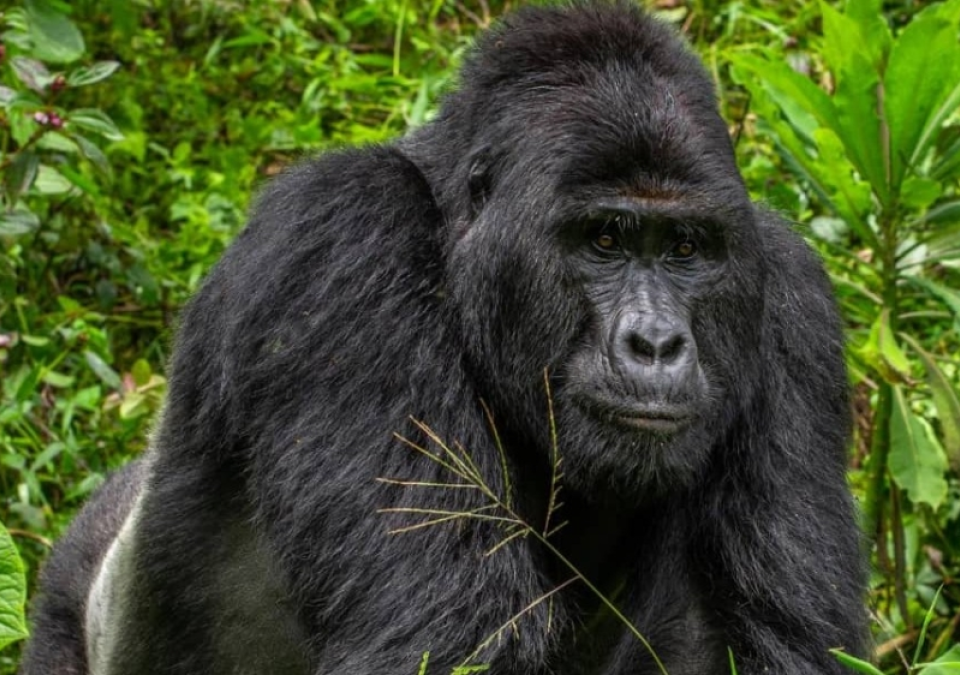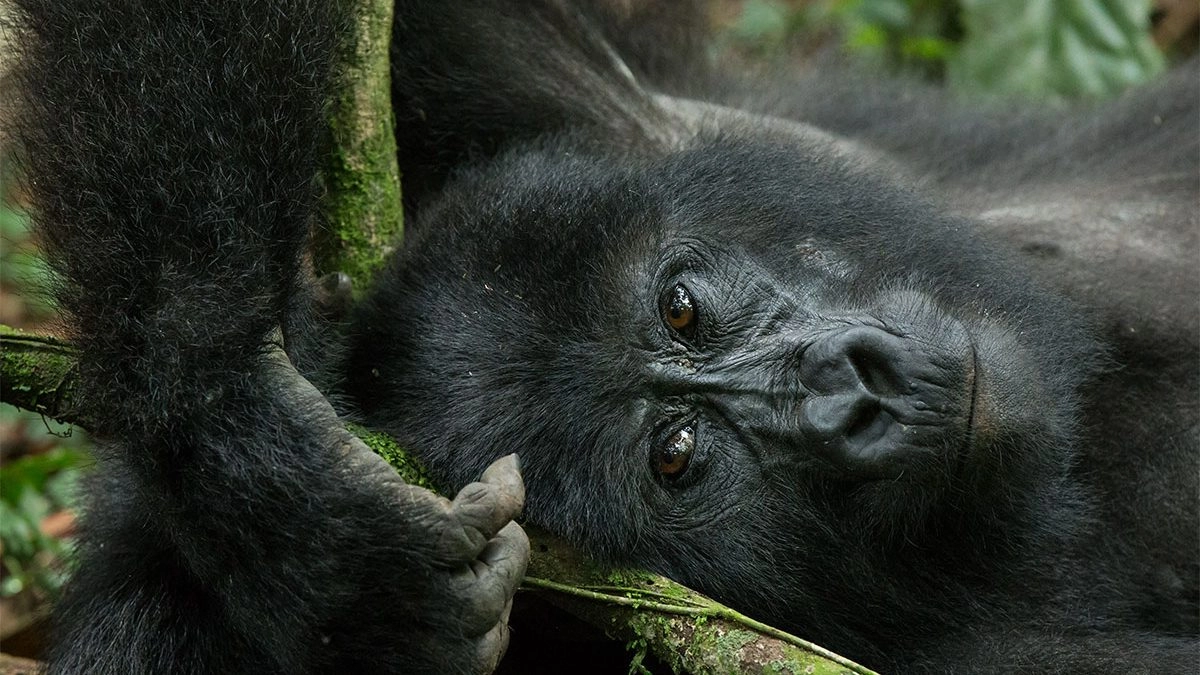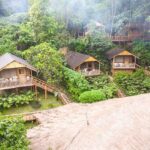
What Accommodation Options Are Available for Gorilla Trekking Tours in Uganda?
August 11, 2025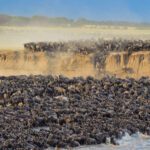
What Is the Great Migration in Africa?
August 11, 2025Which Animals Are Part of the Great Migration?
Introduction to the Great Migration and the Magic of African Safaris
Which animals are part of the Great Migration? This is one of the most commonly asked questions by travelers seeking unforgettable African safari experiences. The Great Migration is one of the most dramatic and awe-inspiring wildlife spectacles on the planet, unfolding across the Serengeti in Tanzania and the Masai Mara in Kenya. Millions of wildebeests, zebras, and gazelles thunder across vast plains in search of greener pastures, braving rivers teeming with crocodiles and predators lurking in the grasslands. This natural phenomenon is not just about movement—it is about survival, instinct, and the enduring spirit of Africa’s wildlife.
While the Great Migration is largely centered in East Africa, the diversity of wildlife and the depth of safari experiences in Uganda Safaris is equally impressive. Uganda—known as the Pearl of Africa—is home to some of the continent’s most unique biodiversity. From the thrilling Uganda Gorilla Trekking Safaris in Bwindi Impenetrable National Park to serene Uganda Birding Safaris in Mabamba Swamp, this country is a hidden gem for travelers wanting more than the traditional “Big Five” experience.
So, which animals are part of the Great Migration, and how can you combine this epic wildlife event with Uganda’s own spectacular safari offerings? Let Ovacado Adventures Ltd be your trusted guide through this journey of discovery. Whether you’re a seasoned explorer or a first-time safari-goer, our deep knowledge of East Africa and commitment to authentic, responsible tourism ensures your adventure will be both meaningful and memorable.
 The Core Migrants: Wildebeests, Zebras, and Gazelles
The Core Migrants: Wildebeests, Zebras, and Gazelles
What Species Make Up the Heart of the Great Migration?
When asking which animals are part of the Great Migration, the three main species involved are wildebeests, zebras, and Thomson’s gazelles. Each year, over 1.5 million wildebeests, 300,000 zebras, and 500,000 gazelles make a clockwise loop across the Serengeti-Mara ecosystem. This incredible journey is driven by seasonal rains and the search for fresh grazing lands.
The wildebeest, often regarded as the face of the migration, is a resilient herbivore with powerful survival instincts. Zebras, although fewer in number, play a critical role by eating coarse grasses and leaving tender shoots for the wildebeests. Gazelles follow behind, taking advantage of the remaining vegetation. Together, this trio creates a balanced and harmonious ecosystem.
But the Great Migration is not only about the herbivores. The spectacle draws a host of predators including lions, cheetahs, hyenas, and the elusive leopards. These animals capitalize on the abundance of prey, and their presence adds thrilling drama to every game drive.
For travelers exploring Uganda Wildlife Safaris, it’s important to note that while the exact migration event doesn’t occur in Uganda, the spirit of the migration—raw, untamed nature—is found in Uganda’s own national parks. Queen Elizabeth National Park offers similar predator-prey interactions, and Murchison Falls is home to the famous Nile River crossings—mirroring the river drama of the Mara.
Pairing a Kenya–Tanzania migration tour with a Uganda Gorilla Safari offers a full-circle experience: from the open savannas of East Africa to the mysterious rainforests of Central Africa.
Combining Gorilla Trekking with the Great Migration
Can You Combine Uganda Gorilla Trekking Safaris with the Great Migration?
Absolutely. For travelers seeking a broader East African safari experience, the question is not just which animals are part of the Great Migration, but how can I combine this with other wildlife experiences? One of the most rewarding ways is by integrating a Uganda Gorilla Trekking Safari into your itinerary.
Uganda is home to over half of the world’s remaining mountain gorillas, most of which live in Bwindi Impenetrable National Park and Mgahinga Gorilla National Park. Trekking to see these majestic primates in their natural habitat is a deeply humbling and once-in-a-lifetime experience. The trek can be physically demanding, but the reward—standing mere meters away from a silverback and his family—is profound.
After witnessing the vast plains and endless herds of the Great Migration, shifting to Uganda’s lush forests offers a complete contrast. This unique dual-safari itinerary allows travelers to witness the full spectrum of African biodiversity—from the sweeping savannas and massive herds to dense forests echoing with the calls of chimpanzees and gorillas.
Many clients of Ovacado Adventures Ltd opt for multi-country packages that combine Uganda Best Safaris with migration-focused trips in Kenya and Tanzania. Our seamless logistics and deep regional expertise make this combination not only possible but exceptional.
Beyond the Herd: Predators and Scavengers of the Migration
Which Carnivores and Birds Accompany the Great Migration?
If you’re still wondering which animals are part of the Great Migration, it’s essential to go beyond the migrating herbivores and examine the predators and scavengers that follow this movement. These include:
Lions: The kings of the savanna often follow the herds, targeting the young or weak.
Cheetahs: These fast cats use the open plains to their advantage, making thrilling daytime hunts.
Hyenas: Working in packs, they are among the most successful hunters of the migration.
Leopards: More elusive, these ambush predators hide in acacia trees or rocky outcrops.
Crocodiles: Lying in wait at the Mara and Grumeti rivers, these reptiles add to the migration’s drama during river crossings.
And let’s not forget the vultures, marabou storks, and other scavengers that clean up after kills, playing an essential ecological role.
Interestingly, Uganda Birding Safaris provide an equally rich opportunity for bird lovers. Uganda boasts over 1,000 bird species, including the rare Shoebill Stork, African Green Broadbill, and Great Blue Turaco. Birding in places like Mabira Forest, Queen Elizabeth National Park, and Kibale Forest is a rewarding experience, making Uganda a birder’s paradise.
So while exploring which animals are part of the Great Migration, consider extending your adventure to Uganda, where the skies, trees, and wetlands come alive with birdsong.
 Cultural Touchpoints: The People Behind the Wildlife
Cultural Touchpoints: The People Behind the Wildlife
What Cultural Experiences Complement a Great Migration Safari?
A safari in Africa is not just about the animals—it’s also about connecting with the people who call this land home. While exploring which animals are part of the Great Migration, it’s equally important to immerse yourself in the rich cultures that shape East Africa’s identity.
In Kenya and Tanzania, visits to Maasai villages offer insights into the traditions of one of Africa’s most iconic tribes. Their unique dress, dance, and deep understanding of the land have been preserved for generations.
In Uganda, travelers can enjoy Uganda Cultural Safaris, offering authentic encounters with over 50 ethnic groups, each with its own language, customs, and music. Highlights include:
Batwa cultural experiences: Learn about the forest-dwelling pygmies near Bwindi.
Karamojong warriors: Discover cattle-herding traditions in northeastern Uganda.
Buganda Kingdom: Explore the royal heritage of one of Africa’s oldest monarchies.
By combining Uganda Gorilla Safaris with cultural excursions, travelers gain a richer, more personal understanding of the region. Ovacado Adventures Ltd crafts these experiences with sensitivity and respect, ensuring that both visitors and communities benefit.
Best Times to Travel and How to Plan
When Should You Travel for the Great Migration and Uganda Safaris?
Planning a trip around which animals are part of the Great Migration involves understanding the seasonal movements of wildlife. Here’s a quick guide:
December to March: Calving season in southern Serengeti. Thousands of wildebeests give birth, and predators are especially active.
April to June: Herds begin moving northward. Great for fewer crowds and dramatic skies.
July to October: Peak river crossing season. The Mara River crossings in Kenya are at their most dramatic.
November: Short rains mark the return of herds to southern Serengeti.
In contrast, the best time for Uganda Gorilla Trekking Safaris is during the dry seasons (June to September and December to February). These periods make forest trails more accessible and offer better visibility.
Whether you’re planning a standalone safari or a multi-country adventure, Ovacado Adventures Ltd ensures personalized service and expert guidance every step of the way.
 Final Thoughts: Why Choose Ovacado Adventures Ltd
Final Thoughts: Why Choose Ovacado Adventures Ltd
What Makes Our Safari Experiences Unique?
So, which animals are part of the Great Migration? More than just wildebeests and zebras, it’s an ecosystem-wide spectacle of prey, predators, and scavengers—an interconnected drama that mirrors the pulse of Africa itself.
But the true magic happens when this experience is combined with Uganda’s unmatched biodiversity. From the mysterious forests of Bwindi, where gorillas silently roam, to the bird-filled wetlands and culture-rich villages, Uganda brings a deeply emotional and immersive contrast to the sweeping plains of the Serengeti and Masai Mara.
Ovacado Adventures Ltd is proud to be a leading voice in East African tourism. Our deep local knowledge, commitment to ethical travel, and ability to tailor unforgettable experiences make us your most reliable partner for both the Great Migration and Uganda’s top safari offerings.
Whether you’re looking for Uganda Chimpanzee Safaris, Uganda Best Safaris, or a way to link the Great Migration with Uganda Gorilla Trekking Safaris, we’ve got you covered. With Ovacado Adventures, every step of your journey is guided by trust, expertise, and a passion for Africa.
Let’s Plan Your Dream Safari Today
Ready to explore which animals are part of the Great Migration, and take your adventure a step further into the heart of Uganda? Contact Ovacado Adventures Ltd to start planning a tailored safari that includes wildlife, culture, and conservation in one unforgettable package.


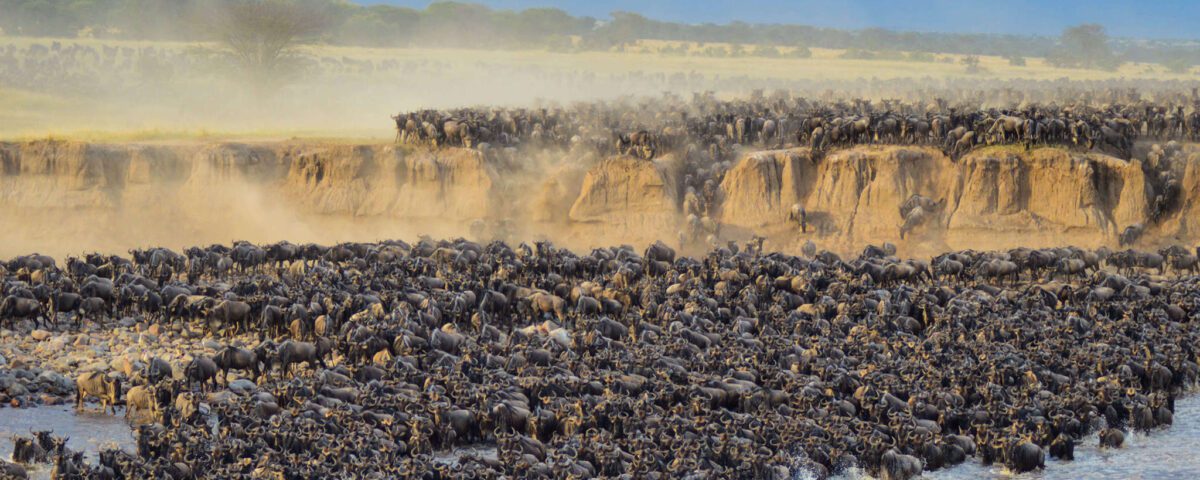
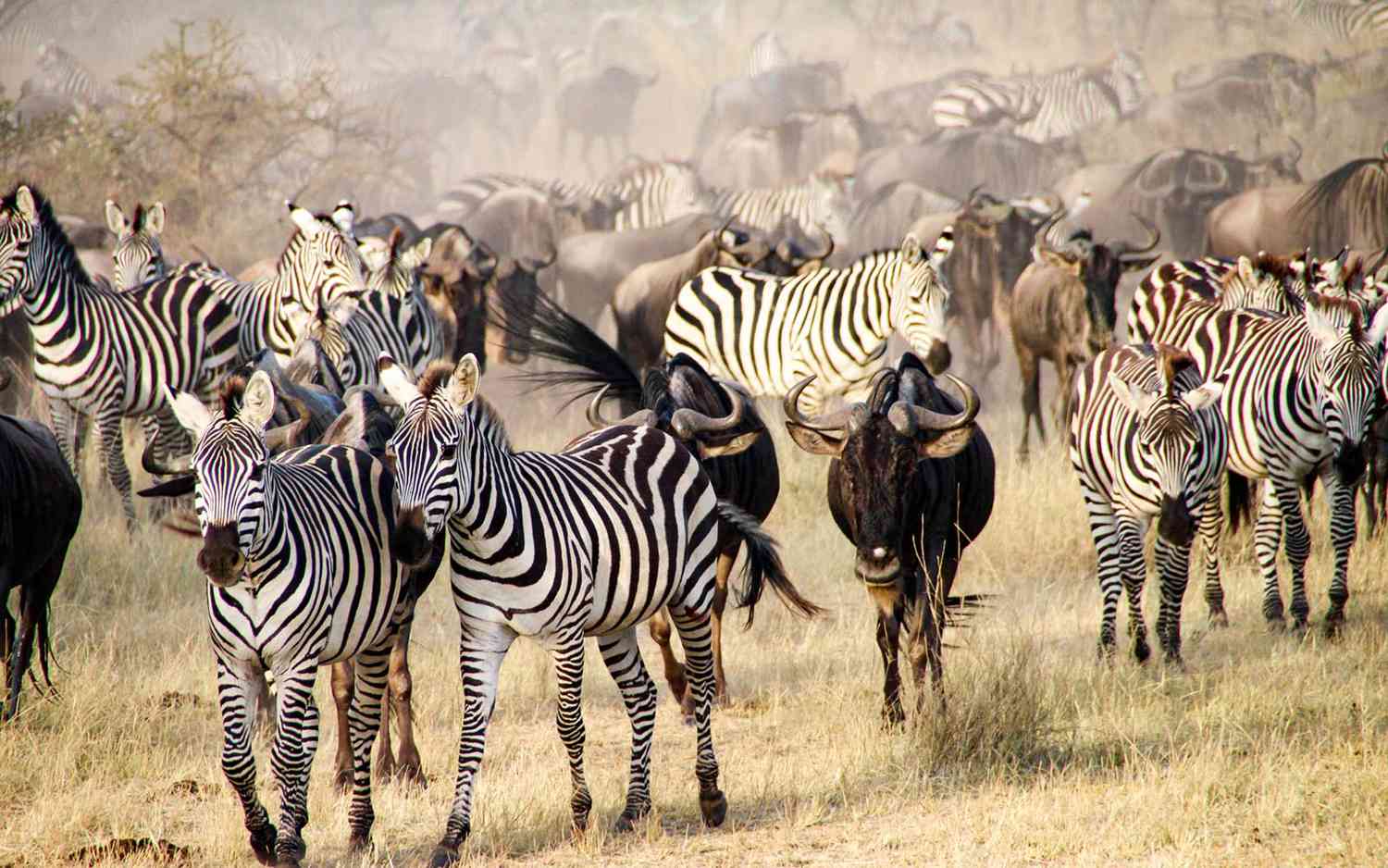 The Core Migrants: Wildebeests, Zebras, and Gazelles
The Core Migrants: Wildebeests, Zebras, and Gazelles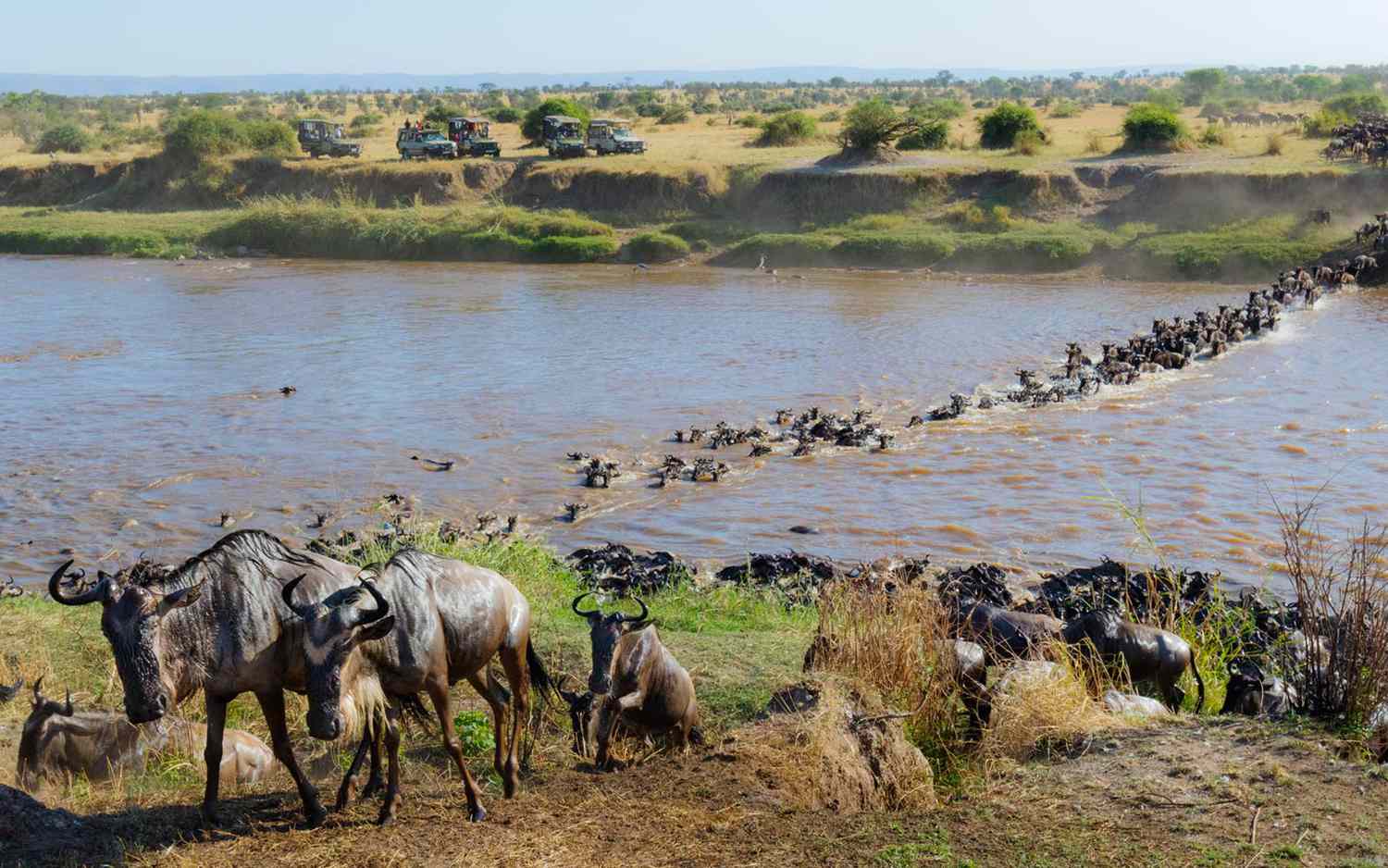 Cultural Touchpoints: The People Behind the Wildlife
Cultural Touchpoints: The People Behind the Wildlife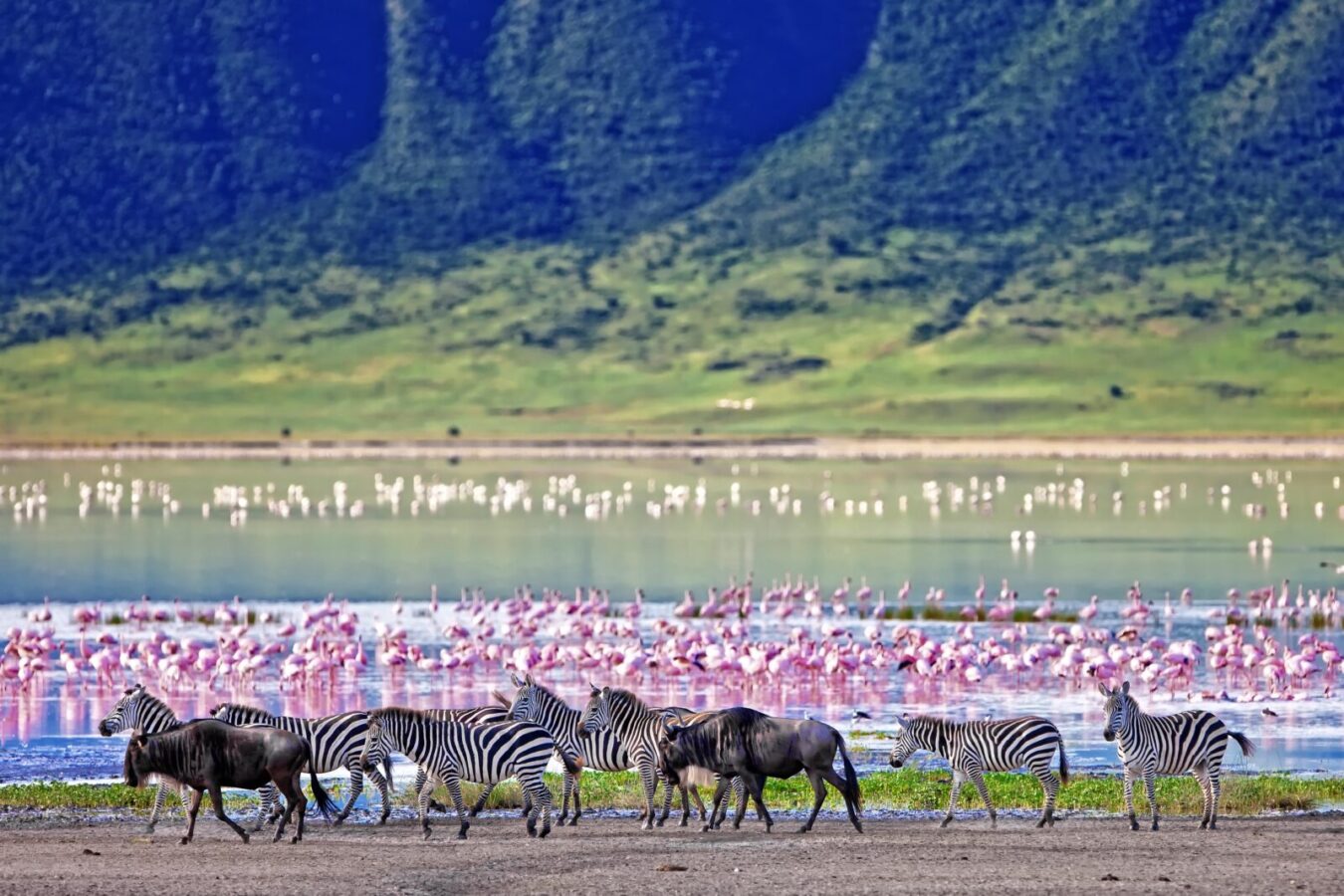 Final Thoughts: Why Choose Ovacado Adventures Ltd
Final Thoughts: Why Choose Ovacado Adventures Ltd